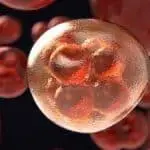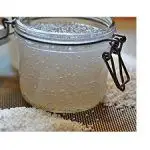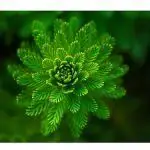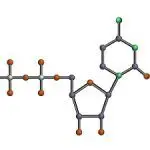Binary fission is seen in algae and in few protozoans where there is the division of the nucleus of the cell in the cyst (protective covering), and further, the cyst breaks, and two new offsprings are released. Budding is another kind of asexual reproduction, where a bulb-like projection occurs from the parent body called the bud, which gets detached and forms a new individual. … [Read more...] about Difference Between Binary Fission and Budding
Difference Between Tubectomy and Vasectomy
Tubectomy is the sterilization process in the female that prevents the passage of eggs from reaching the uterus for implantation, and it is a small incision technique. Vasectomy is the sterilization process of the male that prevents the passage of sperms, and it is also the small incision technique. These two methods are known as permanent methods of sterilization or … [Read more...] about Difference Between Tubectomy and Vasectomy
Difference Between Lyophilic and Lyophobic Colloids
The solvent-loving colloids or such colloids which show less or distinct affinity towards dispersion medium is known as Lyophilic colloids. The solvent-hating colloids or such colloids which do not have any attraction towards dispersion medium is known as Lyophobic colloids. The colloidal state is said when the particle size is between 1 to 100 nm. When the particle size is … [Read more...] about Difference Between Lyophilic and Lyophobic Colloids
Difference Between Auxin and Gibberellin
The type of plant hormone that controls the cell elongation in plants during phototropism and gravitropism is known as Auxin. Another type of plant growth hormone 'Gibberellin' regulates the seed germination shoot elongation, flower, and fruit maturation. Such important biochemicals that influence plant growth and cell differentiation, tissues, and organs under various … [Read more...] about Difference Between Auxin and Gibberellin
Difference Between Purines and Pyrimidines
The two types of nitrogenous bases 'Purines and Pyrimidines' differ in their structure. Purine is composed of an organic ring having two nitrogen and four carbon atoms fused with an imidazole ring, whereas pyrimidine structure is similar to that of benzene having two nitrogen and four carbon atoms only. Purines and Pyrimidines are very known as the backbone for the formation … [Read more...] about Difference Between Purines and Pyrimidines





